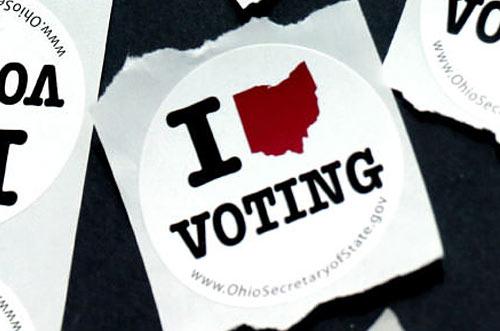The line in the sand has been drawn, so to speak, between the two candidates for Ohio Governor who will be facing off on the Nov. 8 general election.
It’s incumbent Republican Mike DeWine vs. challenger Democrat Nan Whaley.

The line in the sand has been drawn, so to speak, between the two candidates for Ohio Governor who will be facing off on the Nov. 8 general election.
It’s incumbent Republican Mike DeWine vs. challenger Democrat Nan Whaley.